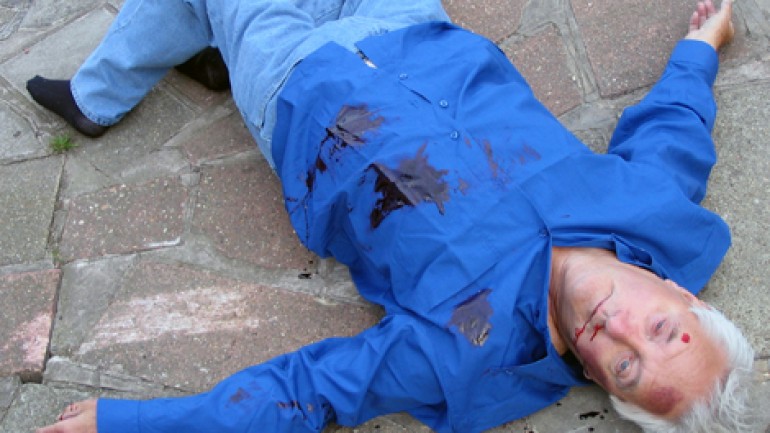Is it possible that people can commit complex crimes – even murder – while they are sleepwalking? With only a dead victim and a zoned-out sleepwalker at the scene of the crime, it is hard to know for sure. Will extensive sleep tests performed on accused murderers reveal that it is possible to unknowingly kill someone in your sleep? If science says yes, what does the law say? And if we can commit murder in our sleep, what else might we do?

Advertisement
Join The Conversation




Because sleepwalking can result in violent behavior, criminal courts sometimes deal with cases involving sleepwalkers. These cases include homicide, assault, and sexual harassment. The level of responsibility and severity of punishment has been highly debated because sleepwalkers are almost always oblivious to their activity during an episode. According to Culebras, a Professor of Neurology at the State University of New York College of Medicine, “It is conceivable that the sleepwalker has the potential to drift into a confusional arousal, a state in which violence and assault are likely when prolonged and if given the adequate circumstances. The differential diagnosis may also include other conditions in which violence related to sleep is a risk, such as REM Sleep Behavior Disorder (RSBD), fugue states, and episodic wandering.” In the 1963 case Bratty v Attorney-General for Northern Ireland, Lord Morris stated, “Each set of facts must require a careful examination of its own circumstances, but if by way of taking an illustration it were considered possible for a person to walk in his sleep and to commit a violent crime while genuinely unconscious, then such a person would not be criminally liable for that act.”
In the case of the law, an individual can be accused of non-insane automatism or insane automatism. The first is used as a defense for temporary insanity or involuntary conduct, resulting in acquittal. The latter results in a “special verdict of not guilty by reason of insanity.” This verdict of insanity can result in a court order to attend a mental institution.
Other examples of legal cases involving sleepwalking in the defence include:
1981, Steven Steinberg, of Scottsdale, Arizona was accused of killing his wife and acquitted on the grounds of temporary insanity.
1991, R v Burgess: Burgess was accused of hitting his girlfriend on the head with a wine bottle and then a video tape recorder. Found not guilty, at Bristol Crown Court, by reason of insane automatism.
1992, R. v. Parks: Parks was accused of killing his mother-in-law and attempting to kill his father-in-law. He was acquitted by the Supreme Court of Canada.
1994, Pennsylvania v. Ricksgers: Ricksgers was accused of killing his wife. He was sentenced to life in prison without parole.
1999, Arizona v. Falater: Falater, of Phoenix, Arizona, was accused of killing his wife. The court concluded that the murder was too complex to be committed while sleepwalking. Falater was charged with first-degree murder, and given life sentence with no parole.
2008, Brian Thomas, was accused of killing his wife while he dreamt she was an intruder, whilst on holiday in West Wales. Thomas was found not guilty.
Megavideo sux balls!